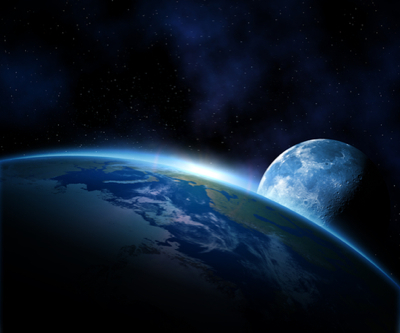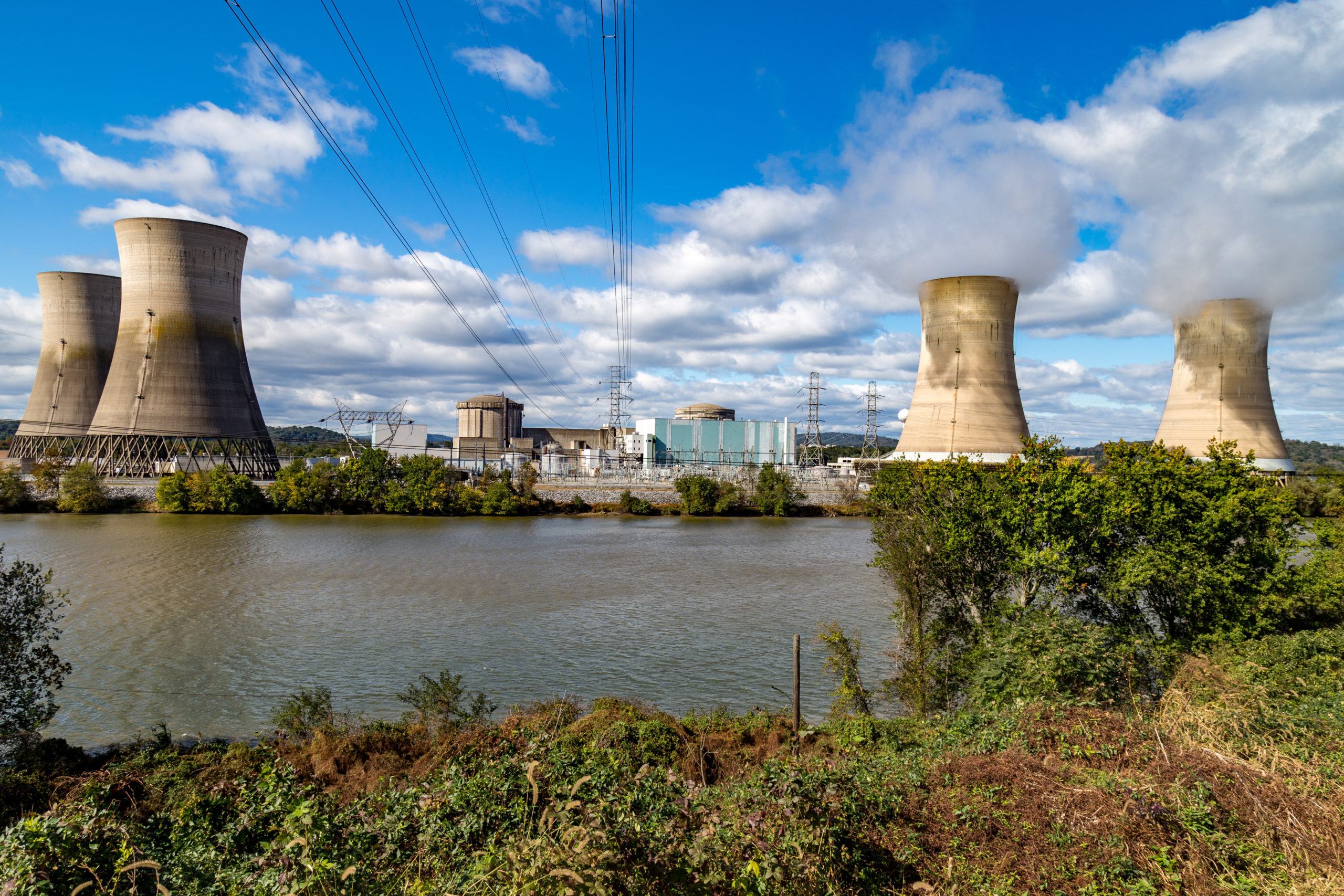Experts debate feasibility of mining on the moon

The mining industry will be following closely the outcomes of this week’s International Space Station members’ meeting in Quebec city, Canada, as the heads of the world’s five biggest space agencies will be discussing, among others, the possibility of exploring for minerals on the moon.
According to Canadian Business, the northern country may weight significantly in any discussion about lunar exploration, since nearly one-quarter of the world’s top mining companies headquartered in Canada. The country it is also known for robotics like the famous Canadarm, a mechanical arm used on space for remote manipulation.
The National Aeronautics and Space Administration Agency (NASA), has been encouraging research to determine the mineral value of near-earth asteroids, particularly the moon. In 2009, as Mining.com reported, NASA inaugurated the first lunar mining competition in the hope that a future robotic mining operation on the moon could yield the energy needed to power earth’s major cities and give the space agency a boost in the quest for major human exploration of planetary space.
The Lunabotics Mining Competition aims to generate “innovative ideas and solutions, which could be applied to actual lunar excavation for NASA,” which, in turn, may just yield the energy that could power cities on earth and space exploration in the future.
Even search engine company Google is sponsoring a Moon-related prize, the Lunar X-prize. This US$30 million competition aims to find privately funded teams to launch and operate a rover on the moon. The competition has attracted applications from 33 teams. Together, they have spent more than the prize money, but this is eclipsed by the fact that some of the companies are offering launches to the moon for US$1.8-million per kilogram lifted and have gathered attention for this service from both private and public groups.
Mechanics, Geologist and last astronaut to have explored the moon, Harrison Schmitt, suggests that “learning how to mine the moon for helium-3 will create the technological infrastructure for our inevitable journeys to Mars and beyond.”
Schmitt is now a leading advocate for commercializing the moon.
Although considerable lunar soil would have to be processed to produce sufficient quantities of helium-3 to supply power for a major city for one year,
Schmitt believes that fusion power plants operating on helium-3 would offer lower capital and operating costs.
Planetary geologists speculate that the moon’s polar craters may hold billions of tons of hydrogen, perhaps even in the form of water ice. Intriguing evidence returned by the Lunar Prospector and the Clementine probes in the 1990s seems to support this idea.
Recent lunar missions, including Chandrayaan-1 and the Lunar Reconnaissance Orbiter, appear to confirm it. Now in situ prospecting must determine the quantity, quality and accessibility of the hydrogen.
Despite the costs, private initiatives keep emerging. Schmitt, for instance, is now a leading advocate for commercializing the moon. He is the chairman of Interlune Intermars Initiative Inc., an organization whose goal is to advance the private sector’s acquisition and use of the moon’s resources.
Still, there are also worries that the exploitation of such resources could make markets unstable by potentially deflating prices and disturbing resource-dependant economies.
More News
Facebook parent, Sprott power nuclear revival
January 10, 2026 | 03:35 pm
Bessent says Australia, India invited to G7 meeting on critical minerals
January 09, 2026 | 04:30 pm
{{ commodity.name }}
{{ post.title }}
{{ post.date }}






3 Comments
tapiwa mutava
Very interesting indeed as it shows how unlimited the human mind can be. The moon plays a crucial role in our day to day living here on earth. I am not an astrophysicist or anything like that, just a metallurgist, but my question is if we were to undertake such type of mining activity will we not disturb the earth-moon ( or any other planet-moon) system? Has a full study been conducted on the implications? We have destroyed the earth and all we hear lately is the aspect of going green:- Fine but are we not about to do exatcly the same with this virgin place (the moon)? The problem could even be bigger in that there will be noone to complain, unlike on earth where people are there to witness the damage, and these mining companies, being profit driven by the very nature of their DNA, will not bother to rehabilitate this beautiful innocent place once they are done with stealing its resources. Worse whatever that is mined has to be repatriated to mother earth how do we rehabilitate the poor moon? We are sure we want to rush to the moon but what about the resources we have on our own planet? Have we depleted them or are we faced with African government policies which are increasingly becoming more and more hostile to the mining giants? We have financial resources to mine on the moon yet the poor folks native to the places we have plundered have not even a dime to travel from their poor home to a hospital- if any will be available. Yes, it is a capitalist world but lets think of the long term implications of the things we consider venturing into. There are still many mining years left on earth, the only thing is that where we extract people’s resources let us be mindful to the point of ensuring that the relationship is symbiotic- that as the miners we benefit and equally important that the host nations and populations benefit from our activities otherwise our activities in the mid-term are not sustainable.
Tapiwa David Mutava
old geologist
Great idea!!!! Congratulations to Interlun Intermars Inc from InterGalactic Idiots Corp. Interlune Crazy Logistic Corp. Good team of clients of respectable psychiatric clinics wait you on this way.
N.C.PATEL
In my opinion , first we all mining engineer should plan the mining operation based on the explored area by LUNAKHOD, CHANDRAYAN & APPOLO Missions so far carried out.
It is mining technology not easy or difficult.
Let all of us put our head together